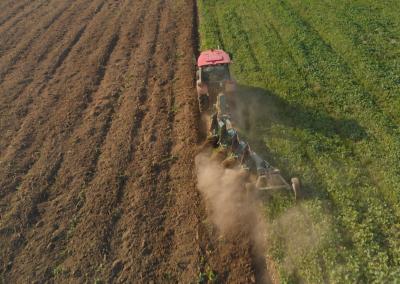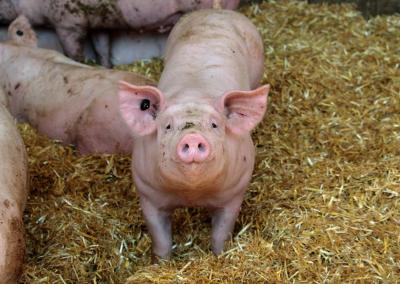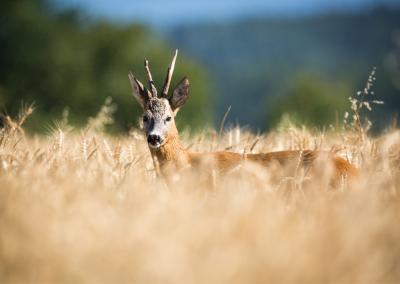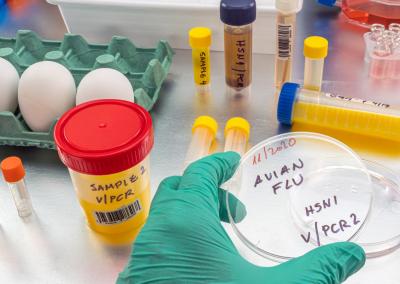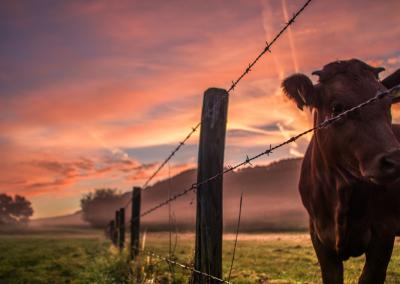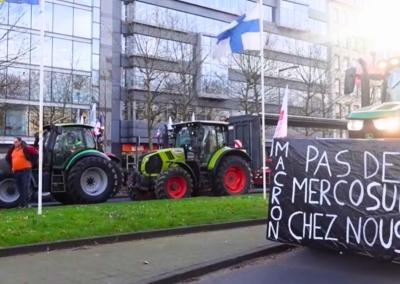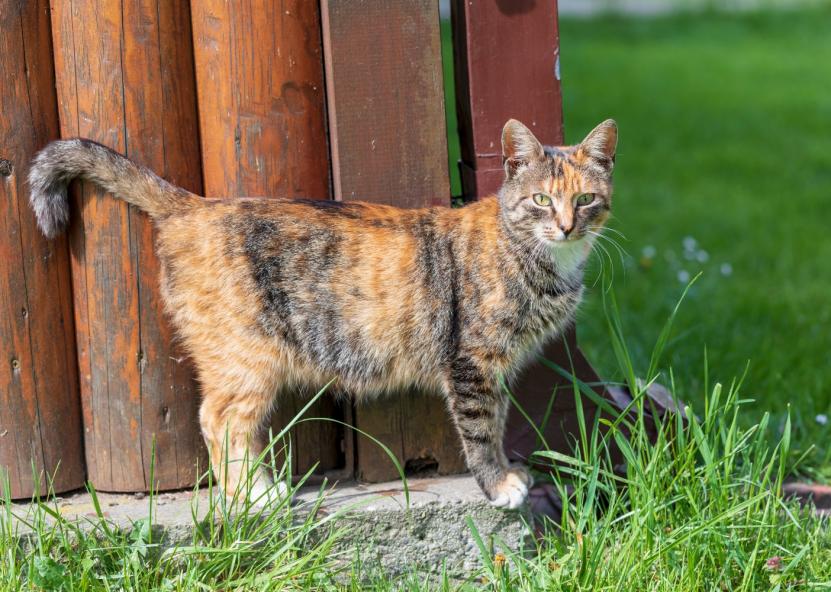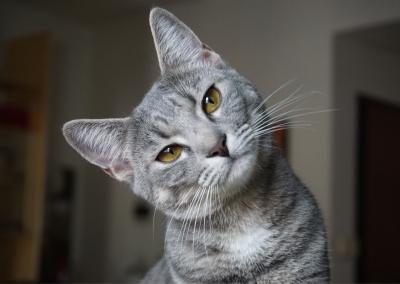Explained whether a dog and a cat can eat the same food
When a dog and a cat live in the same house, many owners wonder if the four-legged friends could eat the same food. After all, a dog is usually happy to lick a cat's bowl, which can be a good way to save money. But is it safe? Experts warn that it's not a good idea, and Gintarė Kitovė, a communications manager at a supermarket chain, points out that there are other ways to save money that won't harm your pets.
It doesn't take a professional to know that dogs and cats have very different bodies and very different needs, including nutritional requirements, says Kitovė. It is important to remember that both dogs and cats should receive food that is adapted not only to their breed or size, but also to their age, condition, level of physical activity, body weight and possible diseases and ailments.
„High-quality food is a prerequisite for a pet's health, which is why pet food is a regular part of the shopping basket for a large number of buyers. It doesn't have to be expensive – shoppers really take advantage of promotions as they can stock up for longer, as pet food does not spoil for long enough. In addition, more and more pet owners are discovering private label food, which is just as wholesome and high quality, but at a more attractive price point," she says.
Although many cats and dogs are fed a meat-based diet, there's a reason why their food is so segregated. High-quality products for both have a good composition, are rich in fresh meat and have a limited carbohydrate intake, but there are some significant differences. These mean that it is better to provide your pets with a food that is just for them, no matter how interested they are in what their friend has been given.Protein, carbohydrate and fat content. Cats naturally need more protein and animal fat, so the amount of protein and animal fat in cat food is higher. Dogs also need these ingredients, but should have lower levels than cats. Whereas dogs need carbohydrates as a necessary element of their diet, cats do not need them after pregnancy and lactation.
Dry food size. The size of dog and cat food pellets differs to the naked eye. Dry cat food is usually small or even miniature in size because it has to be adapted to the size of their mouth. The same is true for some dogs – smaller breeds or young puppies will need grains that fit their mouth structure. Whereas a large dog can swallow such food almost without chewing, with the risk of choking.
Dry food also affects dental health and helps to remove tartar build-up, so every pet should be provided with a food that is not only tasty but also the right size for them.
Additional accessories. As dogs and cats have different needs for different nutrients, the food formulated for them also differs. Absolutely essential additives in cat food are taurine and arachidonic acid, which are essential for the proper functioning of the whole body. Taurine, for example, does not need to be added to dogs, as their bodies are able to produce it themselves. In cats, on the other hand, a deficiency can lead to serious developmental disorders and diseases. In addition, cats need higher levels of fatty acids and vitamin A in their diet. Adult dogs, on the other hand, need higher doses of vitamin D and phosphorus.
„Therefore, when caring for a dog and a cat, it is important to ensure that the animals cannot eat each other's food. If the dog keeps nipping at the cat's leftovers, it's worth considering whether the dog just doesn't like the taste of the food you're giving it and trying a different type of food," notes G. Kitovė.
Every now and then, eating a little of another pet's food should not harm a healthy dog or cat. However, even a small portion can cause problems for those with a sensitive digestive tract or ailments. And if abused over a long period of time, it can lead to more serious health problems – deficiencies in essential nutrients or weight gain, and the onset of disease.


